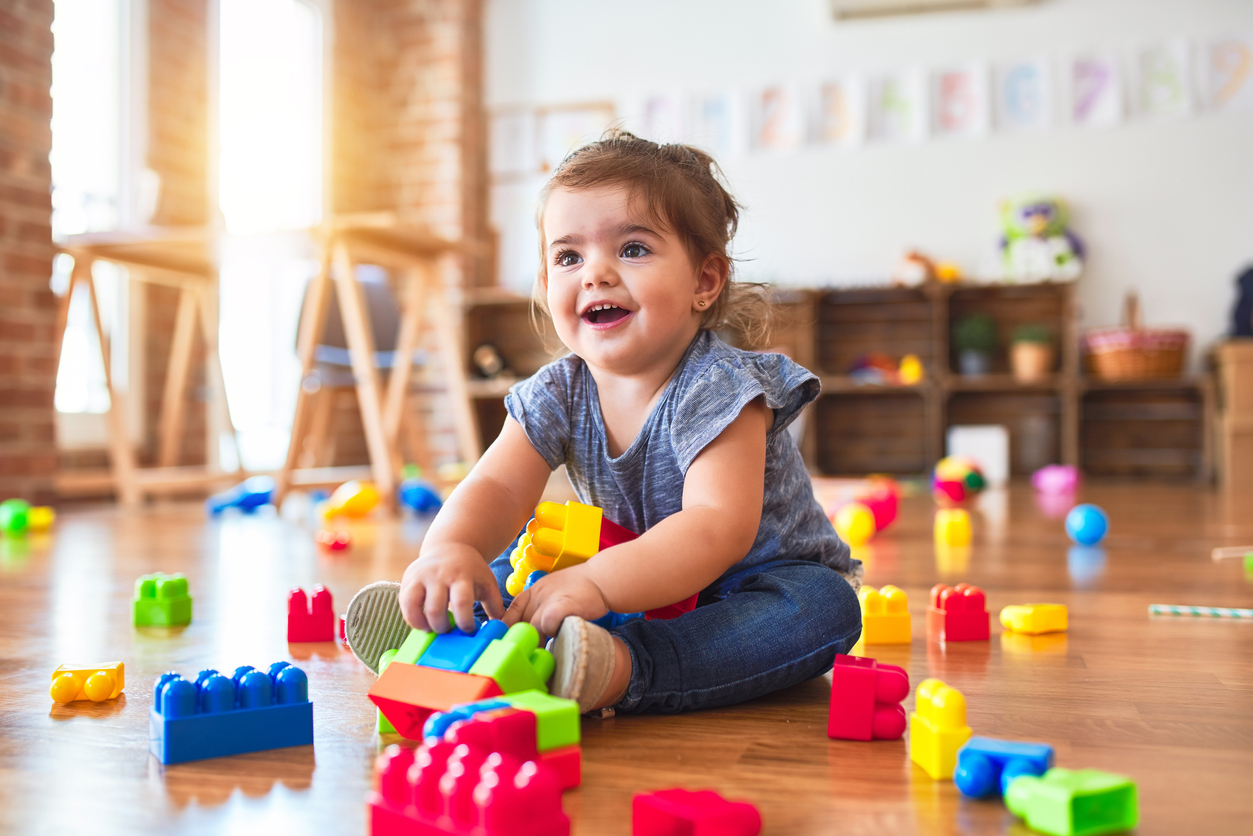Toy Safety and Injury Prevention
 Published on: 12/15/2022
Published on: 12/15/2022
Nearly 500 children under the age of 15 are seen daily in emergency rooms for toy- related injuries. Almost half of those children are less than 5 years of age.
Choose safe toys for your children.
- Ensure that children play with age-appropriate toys, as indicated by safety labels. Consider the child's age, size, development, and skill level.
- Look for quality design and construction.
- Consider all children in the household when purchasing a toy. Small parts present a choking hazard to young children.
- Young children should never play with toys with strings, straps or cords longer than 7 inches, which can accidentally strangle them.
- Electrical toys are a potential burn hazard. Ensure battery compartments are screwed properly closed.
- Don't let children under age 8 blow up balloons; these are a choking hazard and young children often inhale with the balloon pressed to their lips when they try to inflate. Use Mylar balloons instead of latex balloons.
Ensure that toys are used in a safe environment and with safety equipment.
- Clean toys following manufacturer's instructions before storing.
- Riding toys should not be used near stairs, traffic or swimming pools.
- Ensure children wear helmets when using tricycles, bikes, scooters etc.…even if the child knows how to ride these. Many traumatic brain injuries occur due to falls involving wheeled toys.
- Always supervise children at play. Play is even more valuable when adults become involved and interact with children rather than supervising from a distance.
Make sure toys are stored safely.
- Teach children to put toys away after playing to avoid tripping over toys and falls.
- Ensure that toys intended for younger children are stored separately from those for older children.
- Make sure toy chest have safety hinges, or use toys storage bins with no lids to avoid pinched little fingers.
Inspect all toys regularly for potential hazards.
- Check regularly for damage that could create small pieces that are choking hazards. Make any necessary repairs immediately, or discard damaged toys out of children's reach.
- Return warranty and product registration forms for new toy purchases to the manufacturers to ensure that you will be notified of any recalls.
Some facts about Florida childhood injuries...
- Unintentional injury is the leading cause of death and disability among Florida's children ages 19 and under.
- During 2013, approximately 500,000 children were treated for injuries in Florida hospital emergency departments.
- Approximately 8,740 of Florida's children are admitted annually to a hospital because of injuries in 2013.
- According to the U.S. Consumer Product and Safety Commission, “Non-motorized scooters were associated with the largest number of estimated toy-related injuries in 2021, accounting for 21% of injuries in children 14 years or younger.”
There are also several Federal laws that govern hazardous substances and toys, including:
- The Federal Hazardous Substances Act bans any toy or children’s article that consists of or contains any hazardous substance, including hazardous levels of lead, or that presents an electrical, mechanical or thermal hazard.
- The Child Safety Protection Act bans any toy intended for use by children under age 3 that may pose a choking, aspiration or ingestion hazard. It also requires choking hazard warning labels for toys intended for use by children ages 3 to 6.
- The Labeling of Hazardous Art Materials Act mandates the labeling of hazardous art materials as inappropriate for use by children.
- Toy guns must conform to marking requirements under the U.S. Department of Commerce "Marking of Toy Look-Alike and Imitation Firearms" regulation.
© 2025 Nicklaus Children's Hospital. All Rights Reserved.